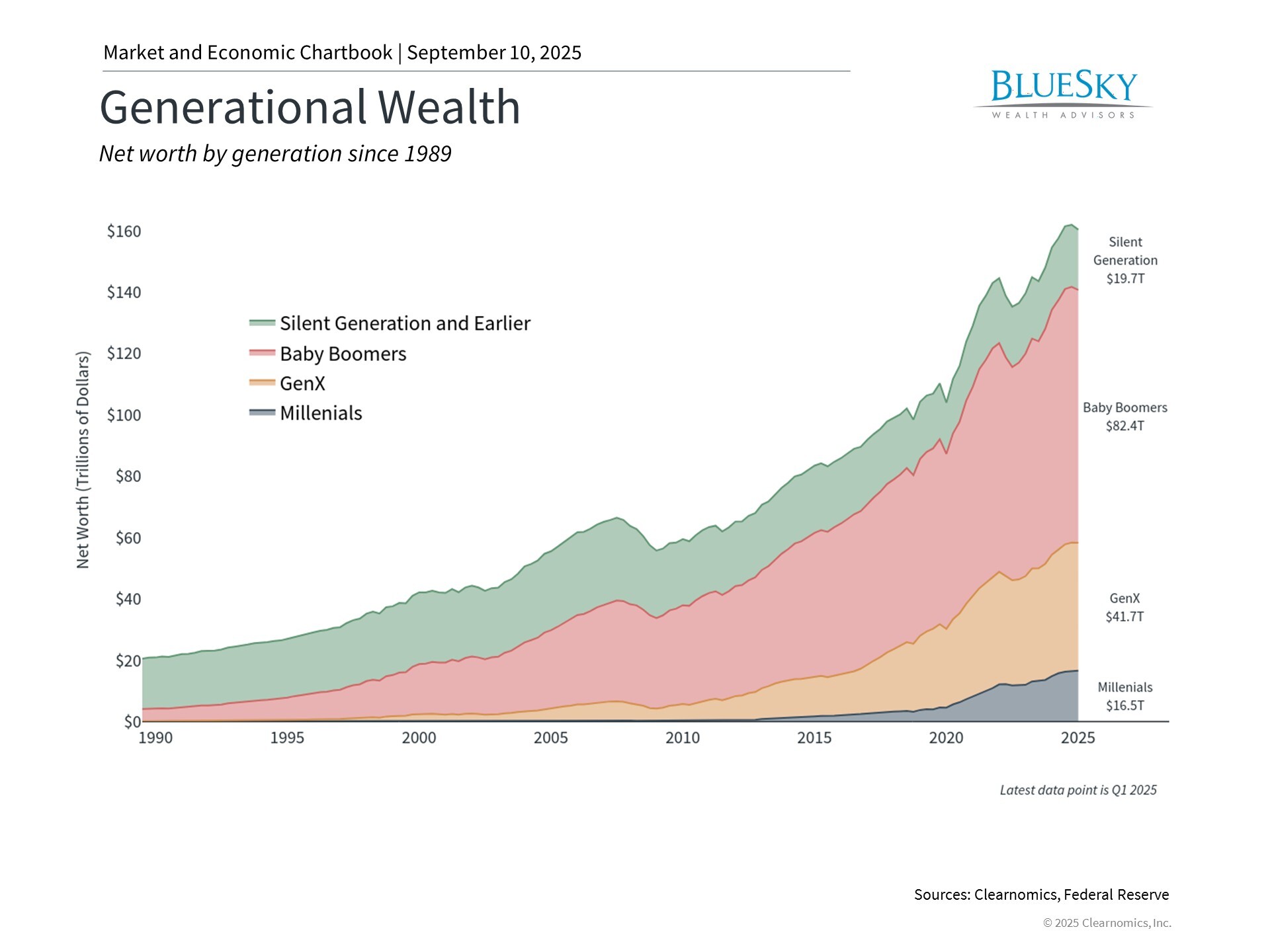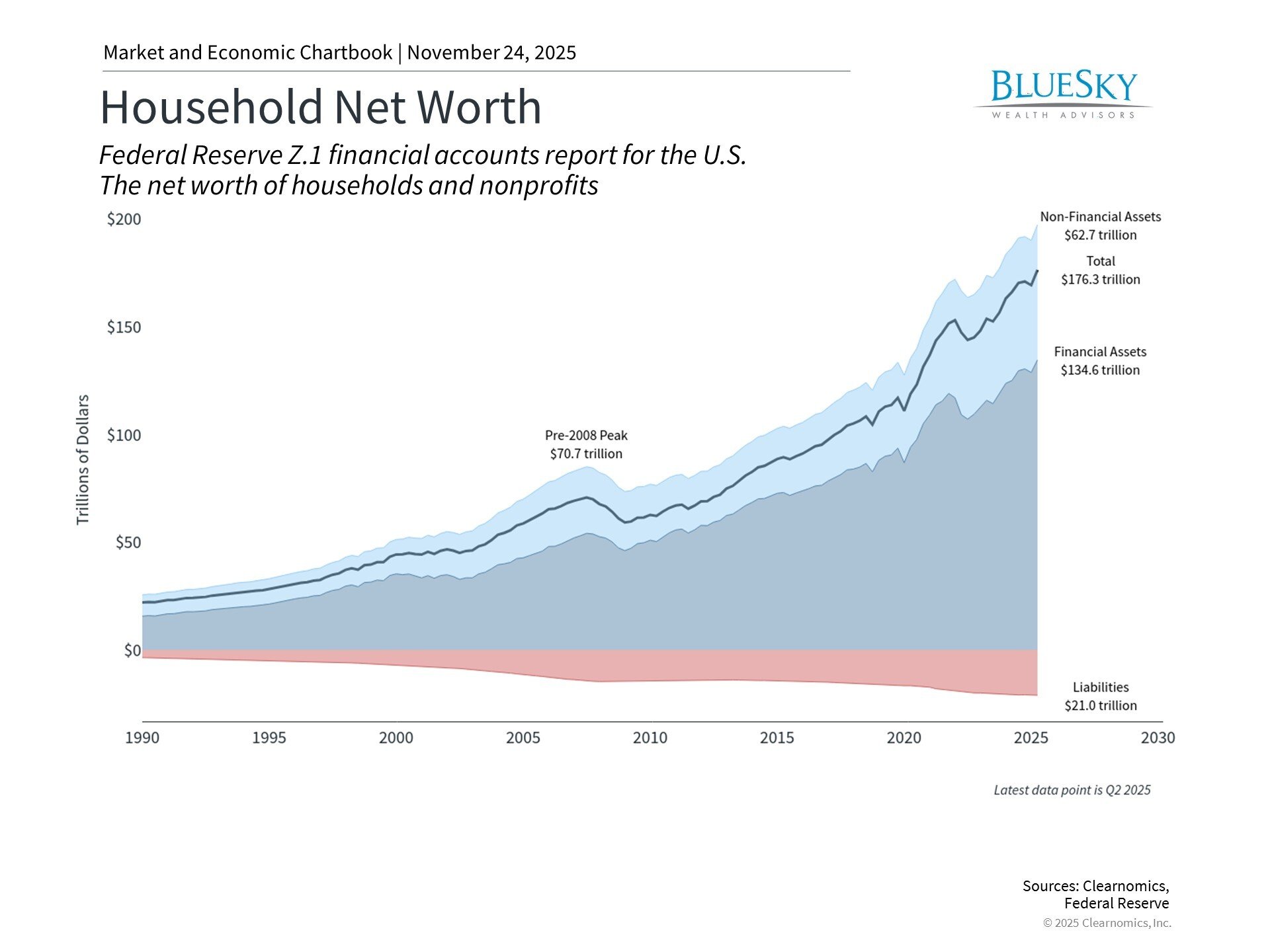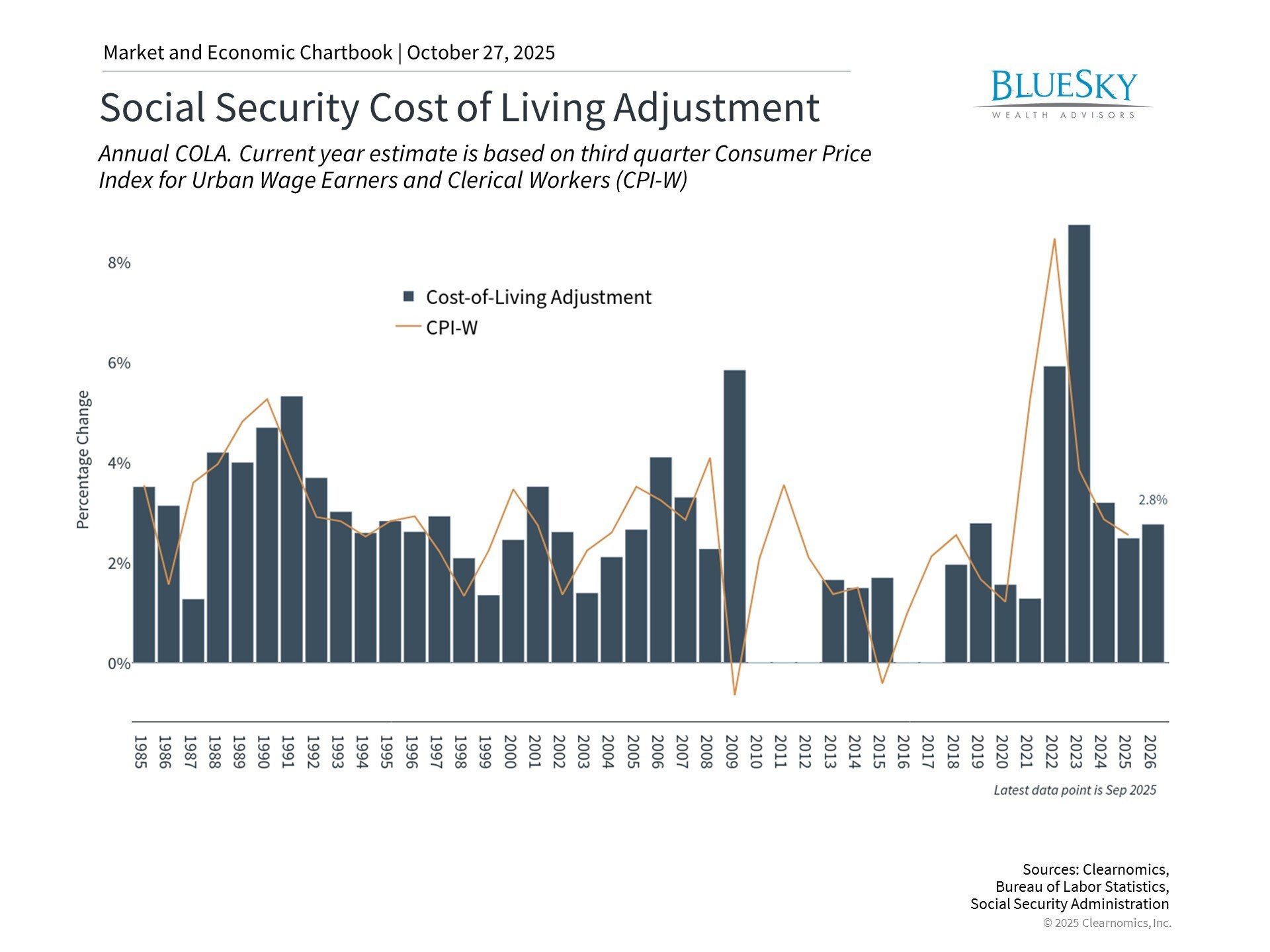
Navigating the Great Wealth Transfer: A Guide to Generational Financial Planning
Navigating the Great Wealth Transfer: A Guide to Generational Financial Planning

Former United States Surgeon General C. Everett Koop once observed, "Life affords no greater responsibility, no greater privilege, than the raising of the next generation." This wisdom captures what many consider their most important objective: creating a meaningful legacy that extends beyond personal financial well-being.
Economists project that approximately $84 trillion will move from the Silent Generation and Baby Boomers to younger generations over the coming two decades—a phenomenon known as the Great Wealth Transfer.1 This massive shift encompasses far more than simple asset redistribution; it's fundamentally transforming family approaches to financial planning, philanthropic endeavors, and legacy creation through sophisticated planning techniques.
This generational wealth movement presents both possibilities and obligations for many investors. Whether you're planning to transfer assets to future generations or anticipating their receipt, approaching this transition with careful consideration can determine whether wealth preservation succeeds or unintended consequences emerge that conflict with original legacy objectives. Success depends on adopting a holistic approach to intergenerational wealth transitions.
Understanding the significance of the Great Wealth Transfer

The scale and composition of wealth transfers have transformed significantly in recent decades. Today's retirees differ from earlier generations who depended mainly on pensions and Social Security, having instead built considerable assets through retirement accounts and investment portfolios. Baby Boomers, currently aged 61 to 79 in 2025, control more than $82 trillion in wealth according to Federal Reserve data.
This wealth accumulation reflects structural changes, including increased longevity, sustained financial market growth, and the widespread shift from defined benefit pension plans to retirement vehicles like 401(k)s and individual retirement accounts (IRAs). While this transition required individuals to assume greater responsibility for retirement savings, it simultaneously generated larger pools of investable assets destined for inheritance. Consequently, more families than previously are confronting substantial wealth transfer planning needs.
Strategic wealth transfer planning builds enduring legacies

The significance becomes clear when considering that these assets typically represent decades of careful saving and investing. Contemporary wealth transfers commonly include diversified investment portfolios, multiple retirement accounts, and various tax-advantaged savings instruments. Combined with inherited real estate or family businesses that earlier generations might have transferred, each component demands thoughtful planning to ensure seamless transitions and optimal tax efficiency.
Consequently, estate planning has gained unprecedented importance. While many perceive estate planning as simply creating a will and related documents like durable power of attorney and advance healthcare directives, comprehensive wealth transfer involves much more than asset allocation. By evaluating how your wealth can generate meaningful impact, optimizing tax efficiency, and managing complex or illiquid structures, investors can establish enduring legacies.
Notably, while individual asset bases and legacy goals vary, fundamental principles remain consistent. Similar to how Maslow's hierarchy of needs explains human motivation—where basic requirements like food and shelter must be satisfied before pursuing higher aspirations—wealth planning follows a comparable progression. After building adequate retirement savings to meet essential needs, attention can turn to creating meaningful wealth impact.
Remember that many wealth transfer conflicts stem not from inadequate assets, but from complicated structures, ambiguous intentions, or unprepared heirs. A comprehensive wealth transfer approach should address values, expectations, and financial responsibility to facilitate smoother transitions.
Effective strategies for wealth transfer optimization
Regarding practical strategies, some of the most crucial decisions in wealth transfer optimization involve timing and taxation. Consider these impactful approaches:
- Tax-Efficient Lifetime Giving
Lifetime giving isn't suitable for everyone, requiring confidence that gifted assets won't be needed for personal retirement security, particularly given rising healthcare costs and extended life expectancies.
However, annual gift tax exclusions permit individuals to transfer up to $19,000 per recipient in 2025 without affecting lifetime estate tax exemptions. Lifetime giving offers practical advantages beyond tax benefits. You can observe recipient money management, provide financial guidance, and experience the satisfaction of witnessing your generosity's positive effects.
For those pursuing charitable giving, significant tax benefits exist for contributions to donor-advised funds, and including family members in philanthropic decisions helps transmit values alongside wealth.
- Multigenerational Education Funding
Educational investments provide young family members with essential tools and knowledge for building successful futures. This becomes particularly meaningful given that college costs have dramatically exceeded inflation over recent decades, making educational assistance tremendously valuable.
Unlike other gifts, direct tuition payments to educational institutions don't count against annual gift tax exclusions, creating especially tax-efficient wealth transfer opportunities. Furthermore, 529 education savings plan contributions provide unique legacy planning benefits, allowing substantial contributions while maintaining account control. 529 plans support K-12 tuition, college expenses, and student loan repayments.
For larger families with numerous grandchildren or great-grandchildren, education trusts merit consideration. While education trusts introduce complexity, they can ensure equitable treatment across beneficiaries, supporting multigenerational family members over time and creating lasting legacies.
- Asset Location Strategies
Asset location involves strategically positioning investments across different account types—taxable, tax-deferred, and tax-free—to maximize outcomes.
Through thoughtful consideration of financial structures and mapping specific assets to particular bequests, you can ensure optimal outcomes for yourself and beneficiaries. Techniques like tax-loss harvesting can minimize tax implications.
For instance, with large unrealized capital gains in taxable accounts, options exist to reduce tax burdens. This might include waiting until after death for cost basis "step-up," or potentially gifting assets to charity over time. When executed thoughtfully, charitable gifting could provide dual benefits of immediate tax deductions while avoiding gain realization taxes.
- Advanced Estate Planning
As wealth transfer amounts grow and tax implications become more complex, sophisticated estate planning techniques become increasingly beneficial.
This might encompass trusts that distribute assets over time, including specific provisions or charitable components involving the next generation. Modern wealth transfer complexity extends to business interests, retirement account beneficiary designations, and coordination between various liquid and illiquid assets.
All these strategies require specialized expertise to ensure optimal results and prevent unintended consequences. Nevertheless, opportunities to support future generations have never been greater.
The bottom line? The Great Wealth Transfer presents an unprecedented opportunity to create lasting multigenerational impact. Whether you're preparing to transfer wealth or expecting to receive it, strategic planning can help ensure your family's financial legacy achieves its intended goals.
- https://www.cerulli.com/press-releases/cerulli-anticipates-84-trillion-in-wealth-transfers-through-2045
BlueSky Disclosures
Copyright (c) 2025 Clearnomics, Inc. All rights reserved. The information contained herein has been obtained from sources believed to be reliable, but is not necessarily complete and its accuracy cannot be guaranteed. No representation or warranty, express or implied, is made as to the fairness, accuracy, completeness, or correctness of the information and opinions contained herein. The views and the other information provided are subject to change without notice. All reports posted on or via www.clearnomics.com or any affiliated websites, applications, or services are issued without regard to the specific investment objectives, financial situation, or particular needs of any specific recipient and are not to be construed as a solicitation or an offer to buy or sell any securities or related financial instruments. Past performance is not necessarily a guide to future results. Company fundamentals and earnings may be mentioned occasionally, but should not be construed as a recommendation to buy, sell, or hold the company's stock. Predictions, forecasts, and estimates for any and all markets should not be construed as recommendations to buy, sell, or hold any security--including mutual funds, futures contracts, and exchange traded funds, or any similar instruments. The text, images, and other materials contained or displayed in this report are proprietary to Clearnomics, Inc. and constitute valuable intellectual property. All unauthorized reproduction or other use of material from Clearnomics, Inc. shall be deemed willful infringement(s) of this copyright and other proprietary and intellectual property rights, including but not limited to, rights of privacy. Clearnomics, Inc. expressly reserves all rights in connection with its intellectual property, including without limitation the right to block the transfer of its products and services and/or to track usage thereof, through electronic tracking technology, and all other lawful means, now known or hereafter devised. Clearnomics, Inc. reserves the right, without further notice, to pursue to the fullest extent allowed by the law any and all criminal and civil remedies for the violation of its rights.





